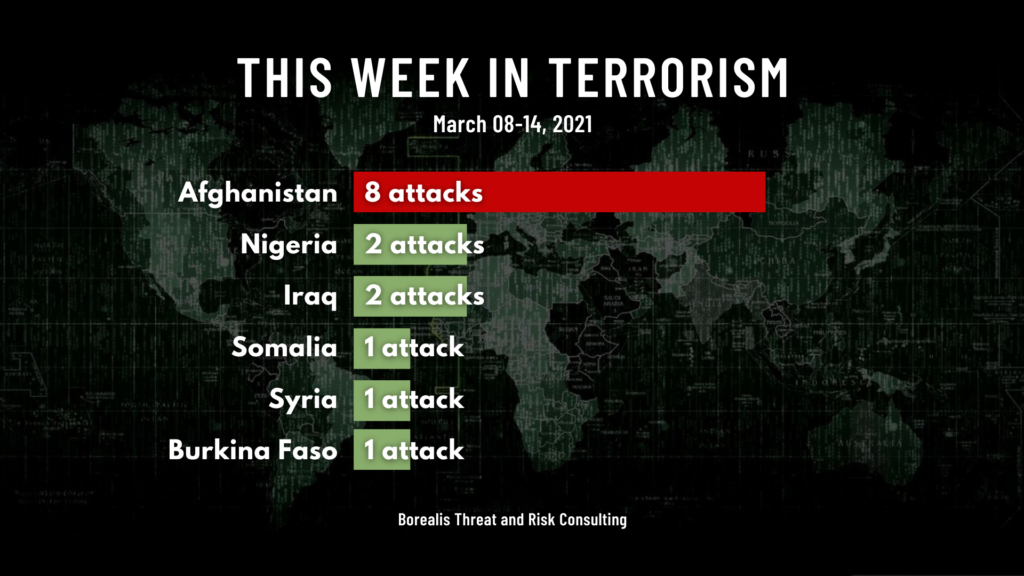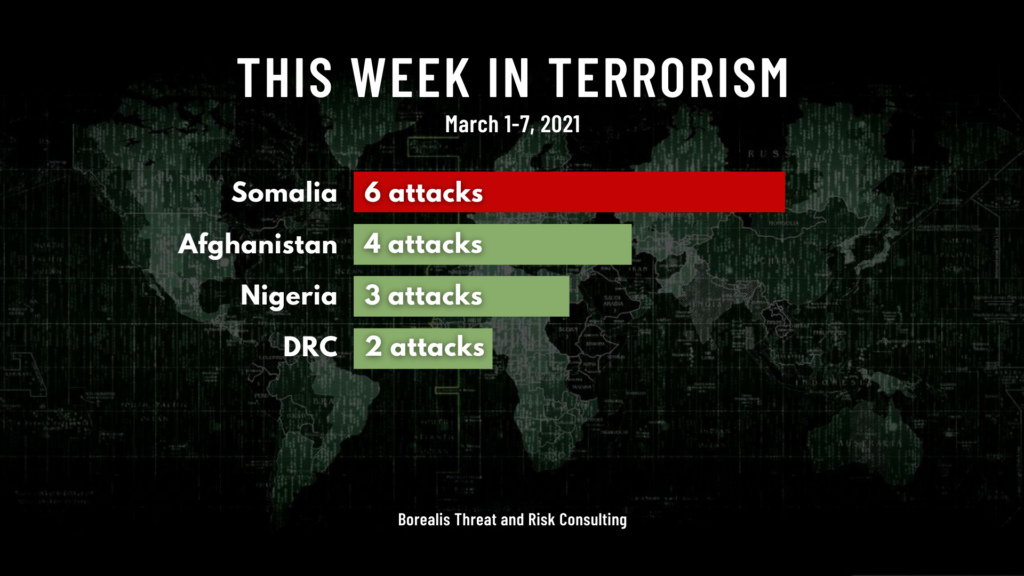Just because a lot of people say something is true does not make it so.
We humans are strange, aren’t we? We believe all kinds of things despite the absolute lack of any reliable evidence backing up those convictions. Here are a few examples:
- Just under half of Americans believe UFOs exist and have visited the Earth;
- Significant numbers of people around the world believe COVID-19 was created deliberately, has killed far fewer people than reported, or is a hoax and does not actually exist; and
- Elvis Presley died in 1977 but that has not dampened those who think he is still alive: in 1989, three so-called Elvis enthusiasts even created The Elvis Sighting Society.
There are equally many myths surrounding terrorism.
Some see it as solely tied to economic disadvantage or social marginalisation (both wrong). Others see it as an existential threat to all of us (wrong again). Still others have been pretending that what is called right-wing extremism (RWE) is becoming a bigger threat than other forms of violent extremism, most importantly the Islamist variety.
Wrong again.
It is of course of primordial importance to measure the occurrence of terrorism locally as each area will have its own series of threats. In some countries (most, actually) the term RWE has no meaning (e.g. Afghanistan). In others (e.g. the US) there are reasonable grounds to suggest that this form of terrorism is indeed of note. But to say that on a global scale RWE trumps jihadi terrorism is simply untrue.
I blame January 6, 2021 for much of this. The images of a dog’s breakfast of actors, yes including RWE ones, besieging the US Capitol has led to a litany of Cassandra-like warnings that terrorism is ALL about the far right these days.
It is not.
An Experiment
In the seven weeks after January 18 I monitored and catalogued all terrorist attacks around the world to see just who and what was behind them. My sources were open in nature and far from exhaustive. Still, I am confident that I have captured the most significant incidents.
I am also fairly certain that if ANY attacks could have been attributed to RWE actors over this time period that I would have come across them in my searches. The fact that RWE is the ‘flavour of the day’ means they would have received maximum media coverage.
Conversely, I found that most actual terrorist attacks are under-reported. Yet another incident in Afghanistan or Somalia is largely ignored, unless it is so catastrophic as to warrant coverage. It is almost as if this kind of death has become humdrum in nature, not that any form of violent death should be minimised.
The Results
Now that the parametres have been established, what were my findings? You can see each weekly report here, but I’ll do you a favour and provide you with a summary. Here goes.
From January 18 to March 14 I logged 131 terrorist attacks around the world. I recognise that there is, and always will be, disagreement on what constitutes terrorism but I am going to set that aside. My results are most assuredly understated.
Three countries dominated that list: Afghanistan (59 attacks), Somalia (19 attacks), and Nigeria (17 attacks) – in other words almost three-quarters of all incidents. This should come as a surprise to no one. In addition, all the other attacks occurred in countries found in Africa and Asia (including the Middle East). Not a single one took place in what we call the ‘West’.
Islamist or RWE?
Furthermore, out of those 131 attacks, all but five were executed by Islamist terrorists (96%). And here is the most important finding. Flying in the face of what I call the ‘moral panic’ over RWE, not one single act of violence could be attributed to those actors. Not a single one. Anywhere on Earth.
Stating this should not be seen as a dismissal of the threat of RWE: it is serious and should be taken as such. But at the same time, it is nowhere near the level of murder and mayhem posed by Islamist extremists.
Allow me to repeat this: nowhere near it.
What does all this mean?
Simply stated, just because someone says something does not make it so. Claims are made all the time but not all these are backed up by any data. Should those who make such pronouncements be followed and accorded importance despite the lack of facts?
It gets worse. The well-respected Global Terrorism Index, an annual summary of worldwide attacks, wrote in its 2020 edition (which covers 2019) that the most significant development that year was what it called “the surge in far right political terrorism”. In 2019, 89 people died at the hands of RWE, 51 in one attack in New Zealand on a Christchurch mosque.
But those 89 deaths have to be compared to the total number of deaths: 13, 826, the vast, vast majority of which were taken by Islamist extremists (I do not have the exact percentages).
In other words, the number of victims of RWE in 2019 represents 0.6 percent. Less than one percent of all deaths. And we should be paralysed by this ‘surge’?
The lesson here is to always go back to facts.
Numbers give you a picture you cannot get from unsubstantiated claims. These numbers are not lying. Yes, it has been sometimes said that there are ‘lies, damn lies, and statistics’ but it is still a good idea to trust more in figures than words.
PS Now that I believe I have made my point I will no longer feature This Week in Terrorism on the Borealis Website. If you have found it useful I am happy. I do believe, however, that continuing to create a weekly overview will merely underscore what I have already found.
Read More about This Week in Terrorism
So, where is all the Right Wing Extremism?
Just because someone says something about terrorism does not make it so: claims are made all the time but not all these are backed up by any data.

This week in terrorism: March 8-14, 2021
Listing all acts of terrorism that occurred in the world last week from the 8th to the 14th of March 2021.

This week in terrorism: March 1-7, 2021
Listing all acts of terrorism that occurred in the world last week from the 1st to the 7th of March, 2021

8 replies on “So, where is all the Right Wing Extremism?”
I find all Phil’s offerings on terrorism, past and present, extremely informative. But perhaps the best piece of all was this particular one on perceptions and misperceptions on the place of RWE in the international sphere. Destroying misperceptions has always made enormous contributions in all professional studies from Anthropology to Zoology. But it is never more necessary than in today’s world. That’s because, of course as we all know(or should know), that the social media has permitted access to the reading public of the world of all those people who are justly categorized as “ignorant”. So, please, Phil, keep it going!
Thank you so much for the feedback John!!!
There were two mass shootings in America within the last 14 days.
That is “Terrorism” whether you like it or not.
Thank you for taking the time to comment. Alas, not everything tragic in nature or violent is terrorism
So when Hamas sends a suicide bomber into a bazaar and accomplishes a similar death toll, and inflicts the same amount of terror on the population, THAT is “terrorism”? But when our homegrown insurgents pick up a rifle and do the same in a supermarket, it is not? I think your nomenclature is a little bit off, Phil. Just my opinion.
David – thanks for your comment. It all comes down to motivation. Killing is not by definition an act of terrorism, no matter how ‘terrifying’ it is. It has to be a serious act of violence carried out for political, religious or ideological reasons. That is what the accepted definition is.
“It has to be a serious act of violence carried out for political, religious or ideological reasons.”
So if I told you that these people are fighting to create a White Ethnostate where the “superior race” rules over the “untermensch”, would that be “ideological” or “political” enough?
Didn’t you read that Manifesto that the Christchurch Shooter put out? These folks are reading it like the Bible, Phil. There’s your “ideological motivation”.
Thanks for your responses. This stuff is very interesting.
I don’t disagree David – thanks for the dialogue!